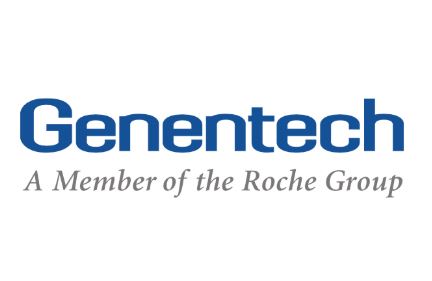Help patients like Toby connect with the resources they need to live—and thrive—with pemphigus and pemphigoid.
Our sixth story in the Patient Journey Series comes from Toby:
When I was diagnosed with pemphigus vulgaris (PV) in late 2010, like most patients I’d never heard of the disease. Also, like most, I’d endured about six months of worsening symptoms before finding a doctor who was able to help me. After starting me on medication, the next thing my dermatologist did was to tell me about the IPPF. He encouraged me to reach out to them if I needed support, but I shelved the idea for a long time because I was sure I could manage by myself. I had the mistaken idea that if I followed my doctor’s instructions, I would “get better,”and soon.
Having PV was a wake-up call for me, however, as the disease proved to be tenacious, unpredictable, and unmanageable in my case on prednisone and CellCept alone. I embarked on a series of rituximab infusions ⎯ four over the past eight years ⎯ which have helped to control my symptoms. But the most important part of that wake-up call was the realization that I couldn’t go it alone. I called the IPPF nearly a year after diagnosis and talked to a Peer Health Coach, and the cloud lifted right away. For a while I attended support group meetings in the New York area. It was good to meet others who were facing the same challenges I was.
When I moved to New Hampshire three years later, I researched dermatologists to find one who was familiar with PV. Lo and behold, one turned up at UVM Medical Center in Burlington, VT, who had worked with IPPF Medical Advisory Board Member Dr. Victoria Werth at the University of Pennsylvania and co-authored an article on blistering diseases. I emailed Dr. Werth and asked her if she recommended this doctor, and she sent a thoughtful, encouraging response. I remained under the care of that doctor for five years until this year, when I moved to North Carolina.
This was a lucky move in many ways. Last October I attended the IPPF annual conference in Raleigh, NC, co-hosted by Dr. Donna Culton at UNC’s School of Medicine, and she was incredibly knowledgeable and inspiring. Because the IPPF set up the conference to make it easy for patients, staff, and physicians to mix, I was able to have one-on-one conversations with anyone I liked. There were cocktail hours, meals, and time between presentations, and everyone was approachable. I sought out Dr. Culton to say hello and chat with her. Afterwards, I told my daughter Kate, who lives in the area and had attended the conference with me, that I could do worse than moving down to NC and having Dr. Culton as my dermatologist. Then I made it happen. Two weeks before I packed up my car and drove the 800 miles with my cat to my new home, I had an appointment with Dr. Culton on the calendar!
Having excellent care and support (and even an infusion center) right here in my neighborhood gives me a sense of security and well-being, and I can trace that support directly back to the IPPF, who helped me find the way. Thank you, IPPF!

Every day, our patient services team hears stories from our community about what it’s like to live with pemphigus and pemphigoid. From getting diagnosed to finding the right doctor to thriving post-treatment, many patients express similar frustrations. And yet, there’s a common hope that runs through many of the stories we hear at the IPPF.
Each week through August and September, we’re featuring a story that highlights a specific part of the patient journey. OUR HOPE is that by sharing stories from our community, more patients and caregivers will realize they are not alone.
Check out the rest of the Patient Journey Series:
- Week 1: Halima’s Diagnosis
- Week 2: Rudy Takes Control
- Week 3: Mei Ling Pays It Forward
- Week 4: Kathleena Finds Strength as Both a Patient and a Doctor
- Week 5: Fred’s Perspective: Connecting with Other Patients
- Week 6: Toby’s Luck
- Week 7: Minatallah Finds Her Role as a Dental Student











